NSW authorities are trying to track down almost 50 people who shared a flight to Sydney with a Victorian traveller infected with COVID-19.
The passenger travelled on Jetstar Flight JQ510, which left Melbourne at 11am last Sunday, and tested positive on their second day in quarantine.
They are believed to have been infectious while travelling.
NSW Health says there is no ongoing risk to the public, and most of the flight’s passengers are already in mandatory hotel quarantine.
Authorities are contacting 47 crew and passengers who travelled with special permits or quarantine exemptions.
“Those deemed close contacts of the case have been advised to immediately get tested and isolate for 14 days and stay isolated for the entire period, even if a negative test result is received,” NSW Health said in a statement.
NSW has now gone seven days without a locally transmitted case.
Four new cases were diagnosed on Thursday - all returned travellers in hotel quarantine, including one from Victoria.
NSW’s streak of zero community transmission comes as Queensland Premier Annastacia Palaszczuk announced NSW residents would soon be able to travel to the Sunshine State without quarantining, with the border set to reopen on November 1.
Palaszczuk said the hard border would lift the day after Queenslanders head to the polls, provided NSW has no mystery cases of COVID-19 in the preceding 28 days.
The announcement follows months of tension between Palaszczuk and NSW Premier Gladys Berejiklian over the issue.
Berejiklian told reporters she was frustrated to learn the announcement was just a reiteration of their existing policy.
“It is frustrating for me that WA and Queensland keep lumping us in with Victoria,” she said.
“What happened in NSW is not what happened in Victoria. NSW was much closer to what was going on in WA and Queensland.”
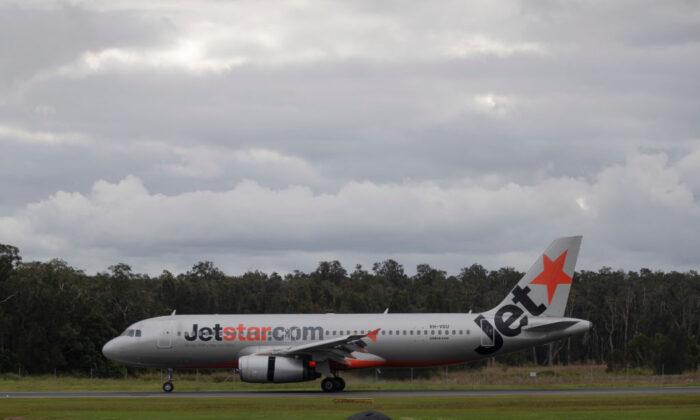

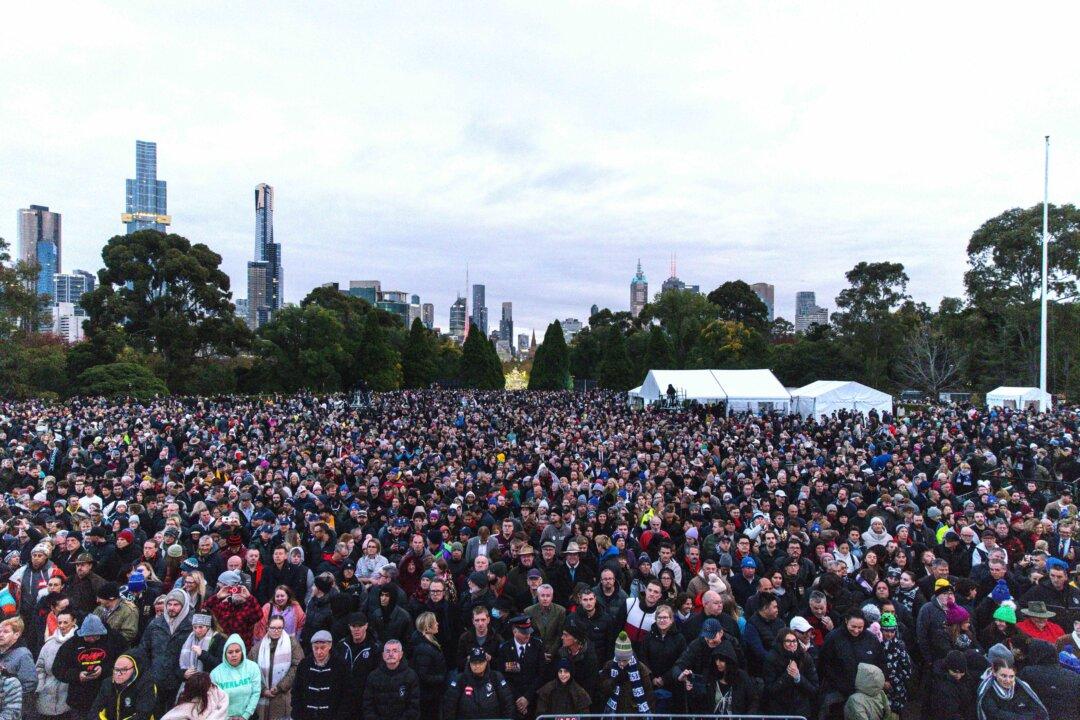
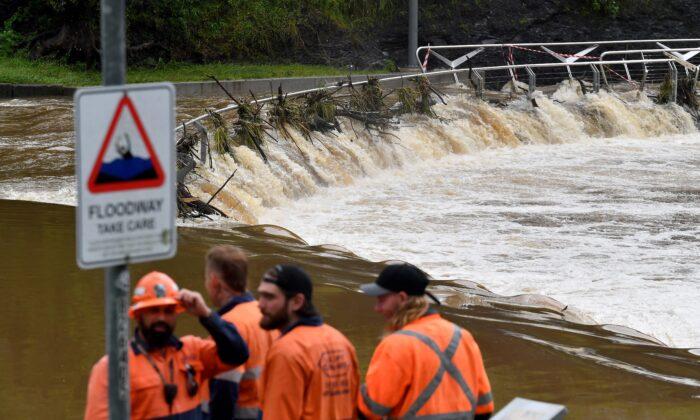
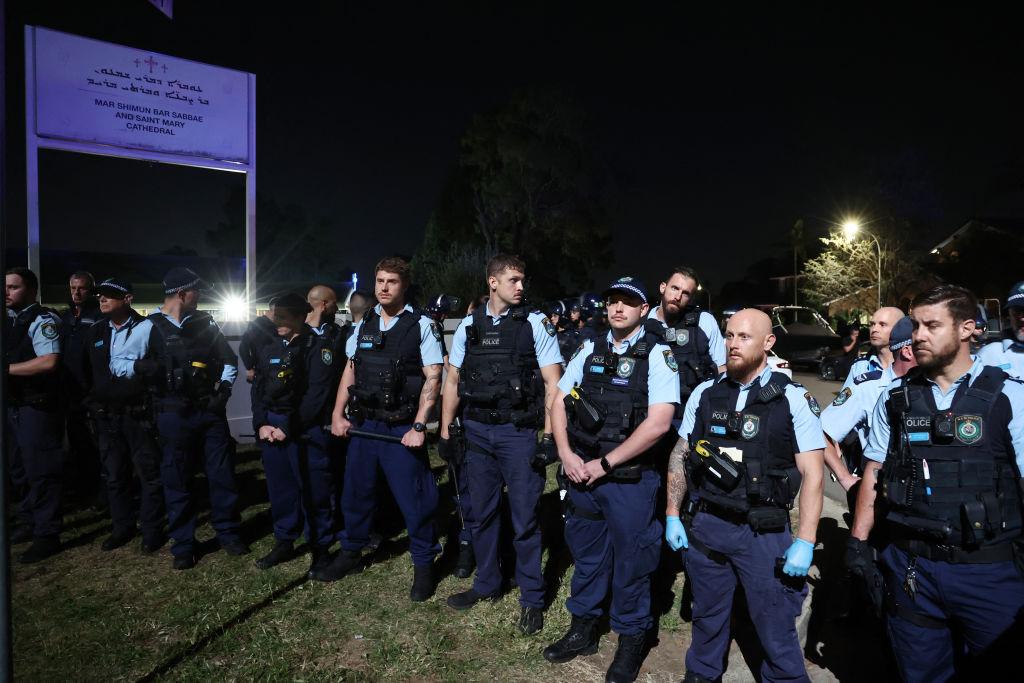
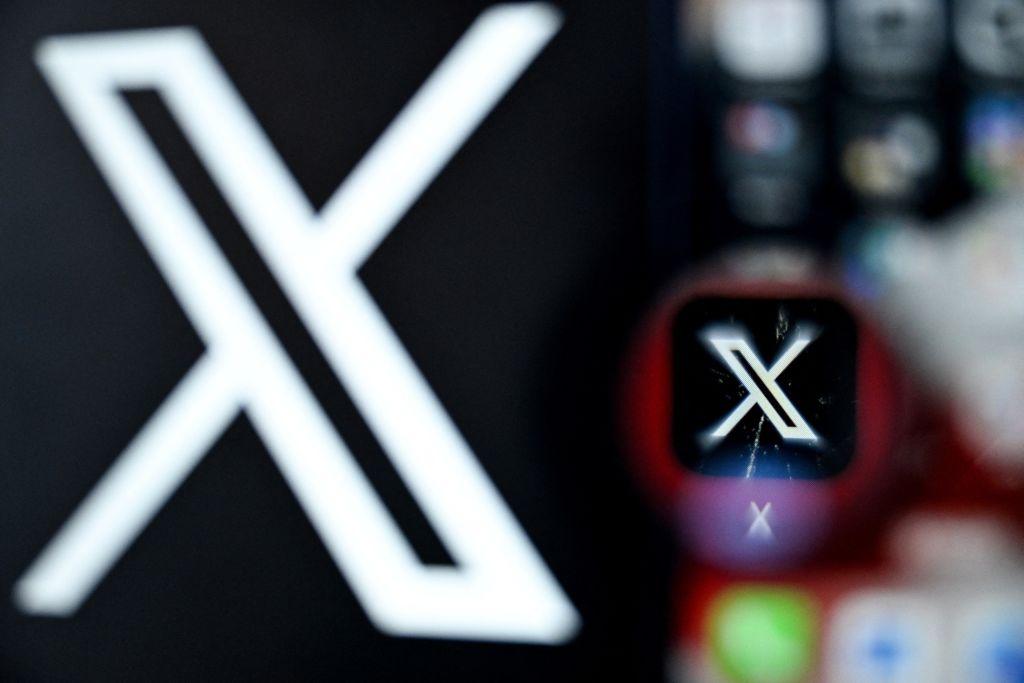
Friends Read Free